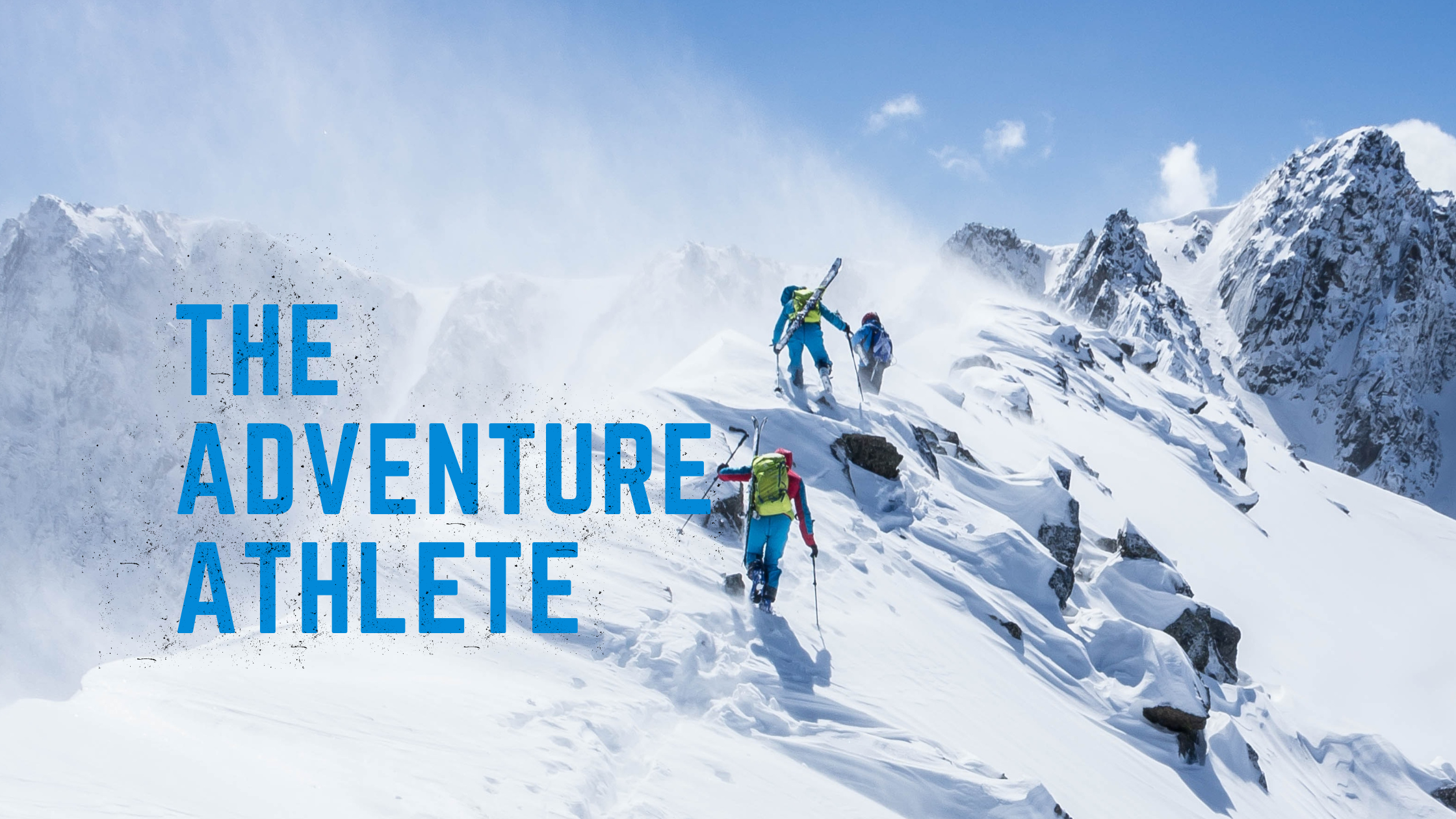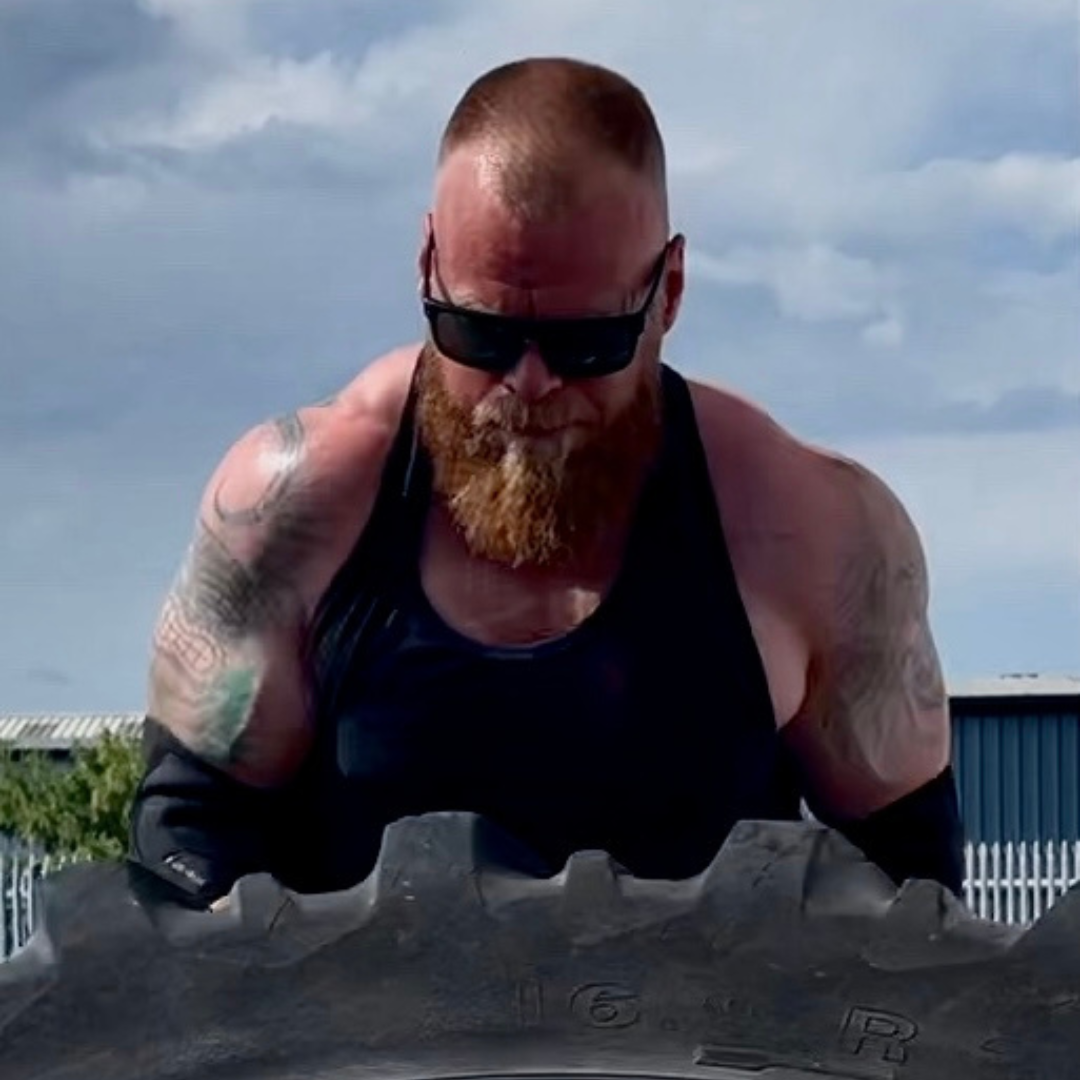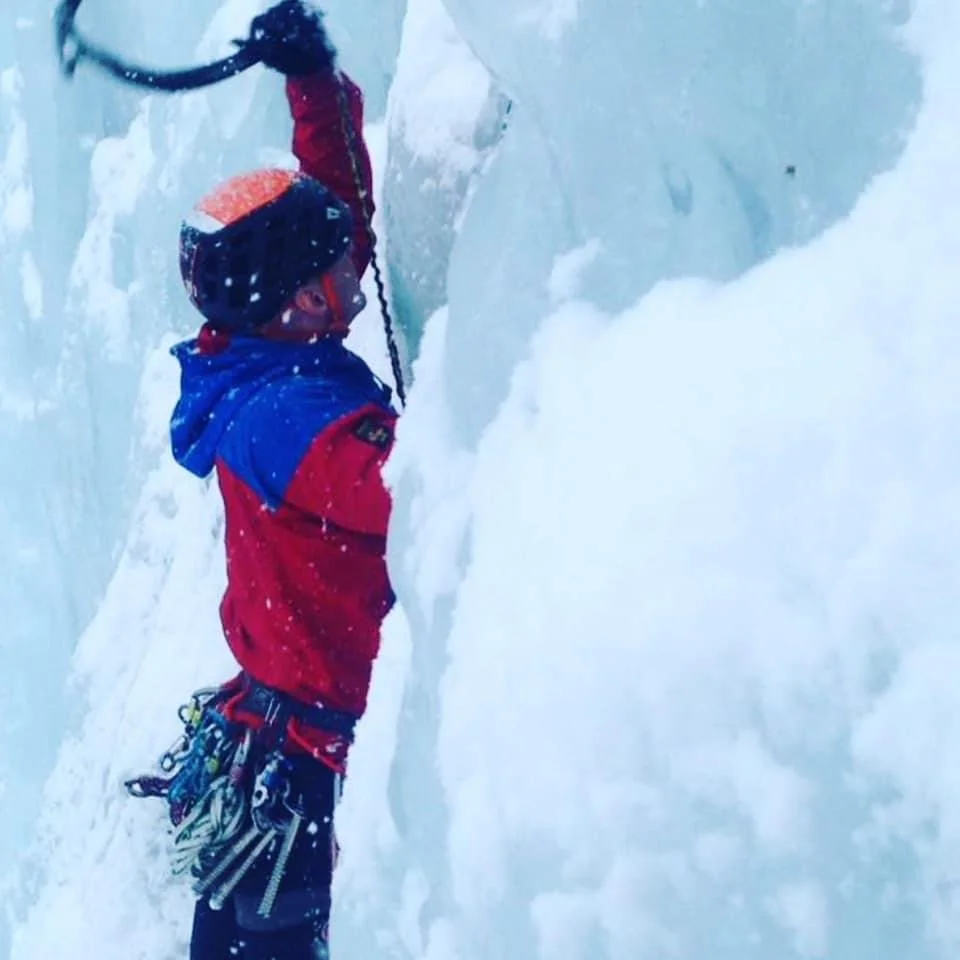
Level up your life with our premium 1:1 coaching package. 1:1 coaching for all levels, regardless of goal of dream.
You will be assigned one of our expert trainers, who will design and deliver a bespoke, fully personalised programme specifically tailored to your goals.
Our 1:1 programmes are particularly suitable for those chasing specific, adventurous goals such as a major mountaineering expedition, an ultra-distance event or any client who wants a specific and individualised approach to their programming.
Note that a consultation is required, prior to purchasing a 1:1 coaching package.
What’s Included?
Our 1:1 coaching packages includes:
Individualised Blackthorn Strong programming, tailored to your goals and needs, revised or adapted as and when required.
As required contact over Whatsapp.
Weekly Training Review / Coach check in.
Programming delivered via Training Peaks Application.
£150 per month
min 3 month contract
-
We communicate in whatever way works best for you. Our preference is to utilize TrainingPeaks. But we also use text, email, telephone, Zoom, and WhatsApp depending on where you live and what you prefer.
-
Blackthorn Strong 1:1 Coaching plans include premium-level access to the online training logging and analysis tool, Trainingpeaks.com, a &20 per month value. TrainingPeaks is integral to our success as it provides not only a coach-athlete communication tool, but more importantly it also gives us access to powerful analytics and performance management tools to track training stress, acute training load, and chronic training load.
-
Each morning your workout is delivered to your email, or if you prefer, displayed in your favorite calendar application. The email will also give you a summary of the next two planned workouts.
-
Most of our athletes use Garmin, Polar or Suunto devices to record their training time, distance, and heart rate. But many different devices will share data with Training Peaks. Here is a partial list. Use of one of these devices comprises an important link between coach and athlete. Without the hard data of heart rate, distance and elevation the coach is essentially flying blind or at least with only one eye open. Most of these devices can be set to automatically send your completed workouts directly to TrainingPeaks via Bluetooth on your mobile device. We are then notified immediately of the completed workout and will review, comment, and if necessary, modify the next day’s training.
-
This is one of the first questions we’ll ask you. Most people will need at least 5 hours per week to start. As you become fitter, the amount of training time needed to continue improving will increase. The goal you are training for will help establish the weekly time commitment we recommend. Think about it this way: If you can’t compile at least as many hours during a week of training as the longest day of your planned goal event, your chances of success are greatly diminished. The highest level athletes we coach train can reach up to twenty hours per week.
-
Not ideal, but we can work to deliver the best training plan possible for athletes with tight schedules.
-
Yes. We ask for a our month (16 week) minimum. For aerobic base training it will take many weeks to move the fitness needle. There is no short cut to the kind of fitness you need for these big mountain goals. We are not willing to put our reputations and energy on the line for people with less than 16 weeks to train. With less than 16 weeks we can not guarantee the fitness results.
-
Our coaches are pretty evenly split between Garmin and Suuntos. A list of these devices that synch up with trainingpeaks.com can be found on their website here. Our favorite review site for all things sport-tech is www.dcrainmaker.com
-
The least expensive workout tracking tool—if you have a smartphone—is probably a Bluetooth or Ant enabled HR monitor strap that connects wirelessly to one of the free workout tracking apps.
-
Sadly they just don’t deliver the kind of accuracy you and your coach will need. We’re sure they’ll improve with time but as of this writing the technology of near infrared spectroscopy is not quite there for anything other than checking your heart rate at rest or very light exercise.




